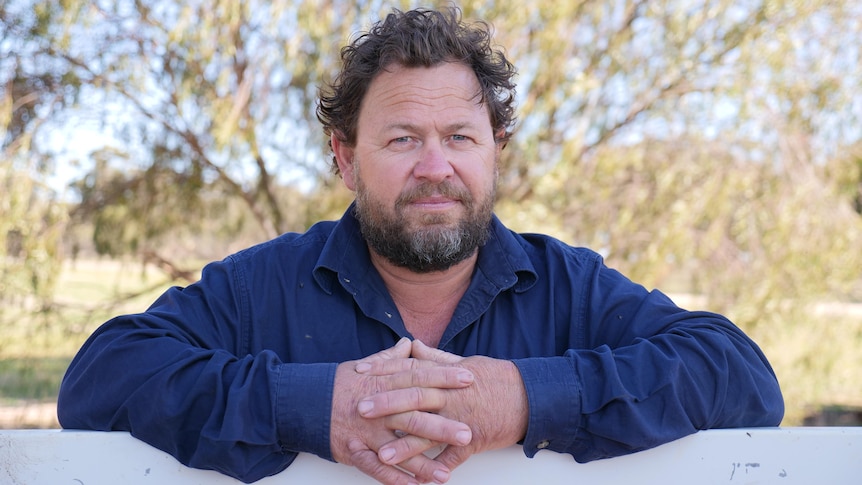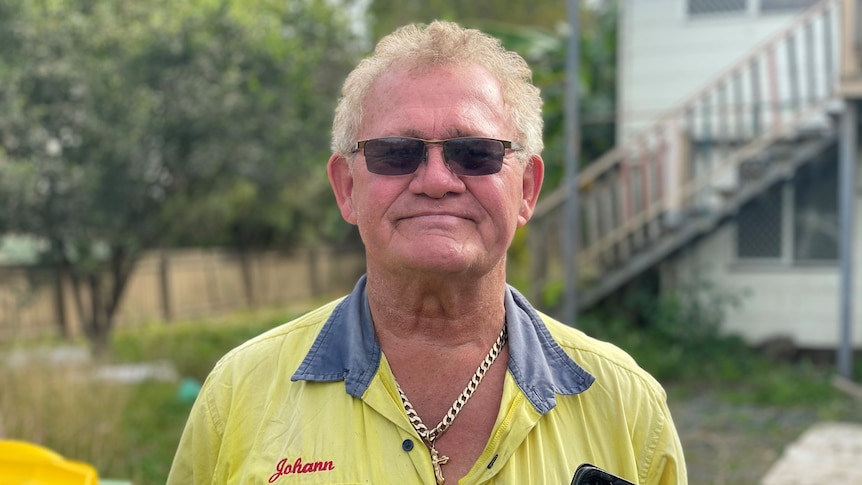It has been six months since a devastating bushfire ripped through WA’s Wheatbelt region, and impacted farmers are still counting the cost.
Key points:
- A fire started after a permitted stubble burn reignited in “catastrophic conditions”
- The blaze destroyed 45,000 hectares and multiple homes
- Locals say a permit should never have been issued and are calling for a public inquiry
The Shire of Corrigin, 220 kilometers east of Perth, was among the regions hardest hit.
About 45,000 hectares of land was burned, four homes, and dozens of buildings destroyed, and more than 1,000 livestock perished after a prescribed stubble burn reignited in what authorities labeled “catastrophic conditions”.
One farmer caught in the fire’s path was Steven Bolt, who estimated millions of dollars in losses from the February blaze.
Mr Bolt is deputy chief of Corrigin’s Volunteer Fire Brigade and said the fire, which engulfed his property, could have been prevented.
“We all knew the risk coming that weekend, and for a permit to be issued is absolutely staggering, and the fire should never have happened, and the permit should have never been issued,” he said.
The neighboring Shire of Bruce Rock permitted the stubble burn several days before the blaze started on February 6.
An investigation by the WA Department of Fire and Emergency Services (DFES) found the authorized burn-off was reignited in 43-degree temperatures before it spread rapidly in strong winds.
No total fire ban was in place at the time, but Mr Bolt contacted authorities with his concerns.
He said his pleas were ignored.
“I told [them] this was going to happen and now it has, and we need all the resources we can find, particularly air support, because we were never going to stop that fire,” he said.
‘We don’t like coming out here anymore’
Tim and Shannon Hardingham run a farm 10km east of Corrigin.
Between paddocks of vibrant yellow canola crops now lies a metal scrap yard.
The Hardinghams said the past six months had been the hardest of their lives, and much of the recovery was still ahead of them.
“People who haven’t been through it have a lot of empathy, but there’s a daily struggle in what to do next because there’s just so much to do,” Ms Hardingham said.
“The single biggest cost that is shocking to us is the asbestos clean-up, which we’ve been quoted around $250,000 to clean up.”
The couple now avoids coming out to the farm and have chosen to keep their kids away.
“It doesn’t even resemble the same farm,” Mr Hardingham said.
Please for answers
The burning permit that led to the fire was issued by the Shire of Bruce Rock, which declined to comment on the issue.
Shire president Stephen Strange said it had been a difficult time for the region, but praised the work of local authorities, volunteers, and the state government.
“The recovery will be ongoing for years and years to come… the farmers themselves have done a good job getting the landscape back into pretty good condition,” he said.
“The communication has been very good between affected landholders, community members, and the shire.”
In a statement, DFES acting deputy commissioner Jon Broomhall said the Bruce Rock Shire was within its rights to grant the burning permit, and an “after-action review is currently underway, focusing on the four bushfires that occurred across the state that day.”
But local farmers and firefighters said they had so far been left in the dark.
Mr Bolt was calling for a separate investigation into the Correcting fire.
“This needs to be a standalone inquiry. The issue of the permit being given is different to what occurred in the other fires,” he said.
“We haven’t even come close to being able to discuss the issues that have led to this catastrophe through this area,” he said.
Law firm Hall & Wilcox has been engaged by insurers representing impacted landholders, with inquiries still in the early stages.
Ms Hardingham said a thorough investigation could help prevent similar incidents in the future.
“We don’t find ourselves privy to much information about what went wrong,” she said.
“It would be nice to think it will never happen to anyone again and that people could learn from our loss and what we’ve gone through.”
.


